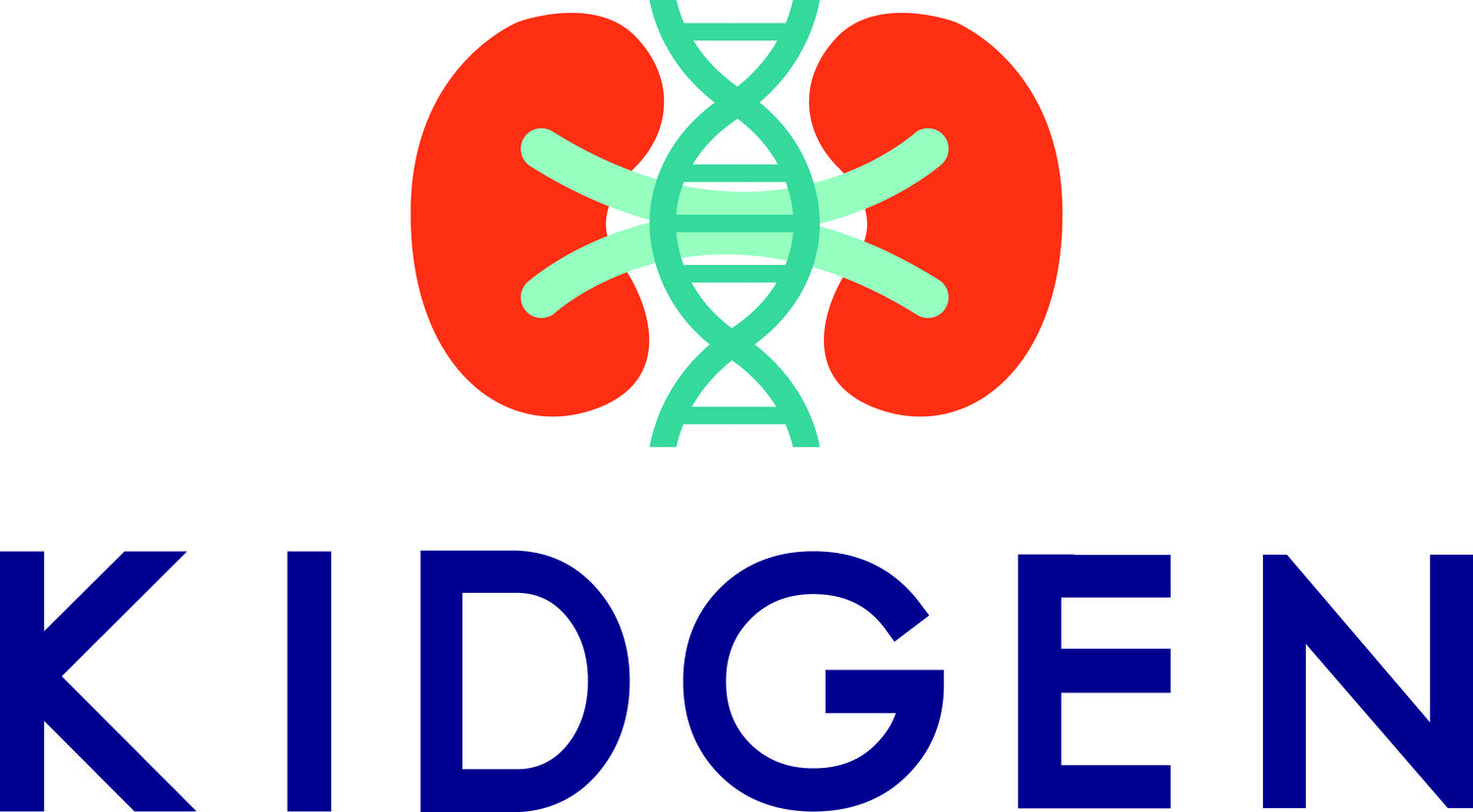
Investigating new causes of inherited kidney disease
While genome sequencing can rapidly examine all genes in such a patient, the number of genetic changes present in any individual makes the process of identifying a causative mutation challenging. This limits our capacity to move from novel gene back into clinical practice and patient outcomes. The dilemma is twofold: can we be sure that a novel genetic change causes disease and what value is this information to the patient and their family? To address these issues, we need to develop effective research genomics approaches to identify likely changes in the millions of bases of sequence from a patient as well as functional disease models which are capable of validating the association between any novel mutation and the disease phenotype.
Research Genomics
Genome sequencing of any individual will reveal in the order of 25,000 single nucleotide polymorphisms (SNPs). We have developed a pipeline of bioinformatic analysis that investigates these many variations to exclude those previously identified as non-pathogenic, not predicted to affect the encoded protein (silent or intergenic) or, based on comparison with the genomes of unaffected relatives, not associating with the phenotype in a manner consistent with the pattern of inheritance. This allows a rapid refinement of likely ‘private’ causative mutations.
Disease Modelling
We have developed a method whereby patient-derived induced pluripotent stem cells (iPSC) can be differentiated in vitro to form mini-kidneys. These mini-kidneys contain all the anticipated components of the developing organ, including collecting ducts, nephrons and their surrounding interstitium and vasculature. We hypothesise that such organoids will i) provide a rapid validation that a novel gene is the causative mutation and ii) represent an accurate disease model by which to interrogate the pathways affected as a result of mutation. The advent of genome engineering approaches utilising the CRISPR/Cas9 technology mean that we can rapidly and efficiently generate organismal models carrying the exact variant of interest present in our patients. Both cellular and organismal models may be able to inform us
